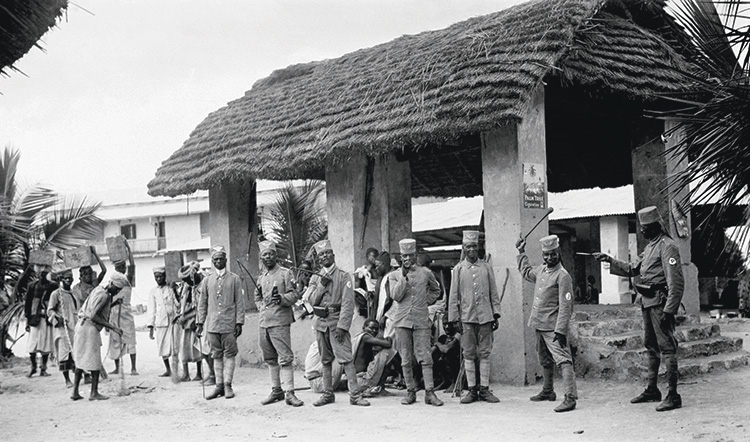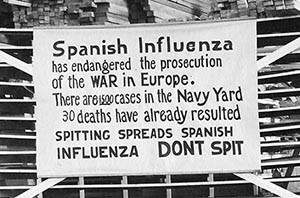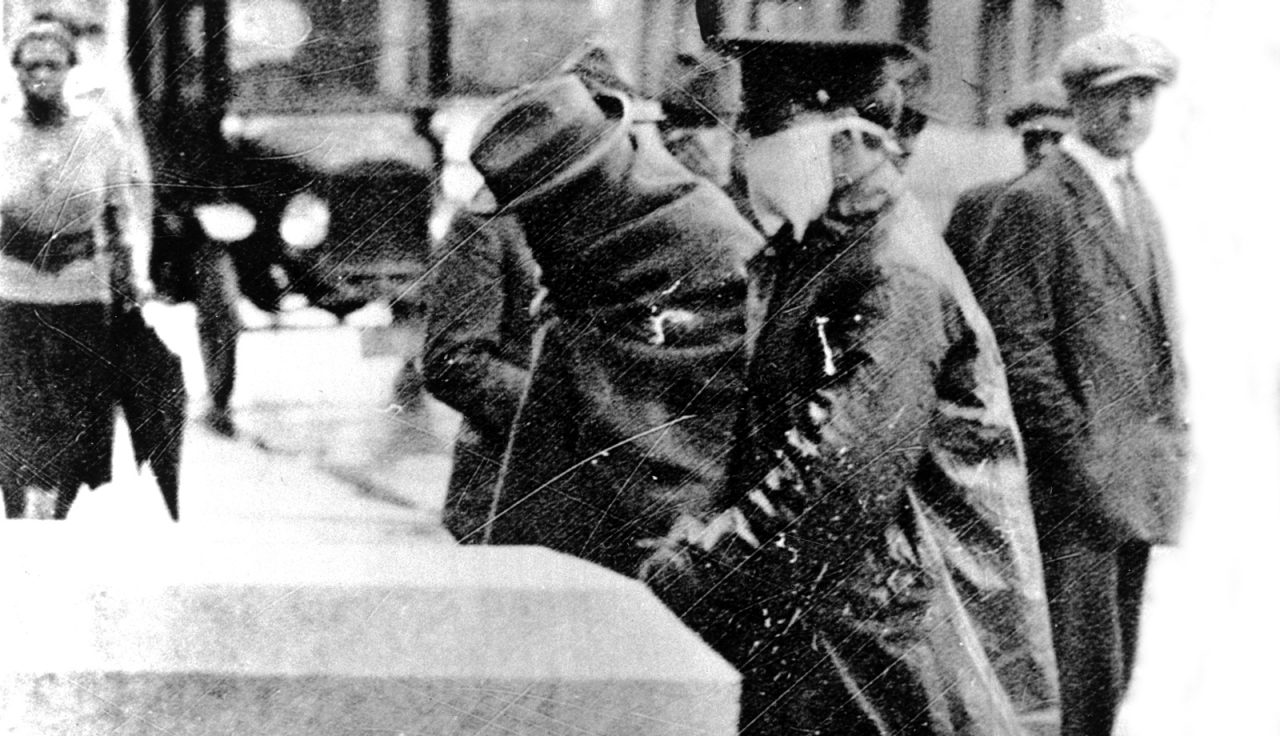- Thread starter
- #21
The Battle for Lake Tanganyika World War I
The Battle for Lake Tanganyika in German East Africa was one of the most bizarre battles of World War 1. It only really started once the Royal Navy had carried two boats through the jungle and the mountains from Capetown. Their names: Mimi and Toutou. Their commander: Geoffrey Spicer-Simson, probably the weirdest high ranking officer in the entire war.
Source : The Great war
Mimi, Toutou and Fifi - The Utterly Bizarre Battle for Lake Tanganyika I THE GREAT WAR Special
The Battle for Lake Tanganyika in German East Africa was one of the most bizarre battles of World War 1. It only really started once the Royal Navy had carried two boats through the jungle and the mountains from Capetown. Their names: Mimi and Toutou. Their commander: Geoffrey Spicer-Simson, probably the weirdest high ranking officer in the entire war.
Source : The Great war



